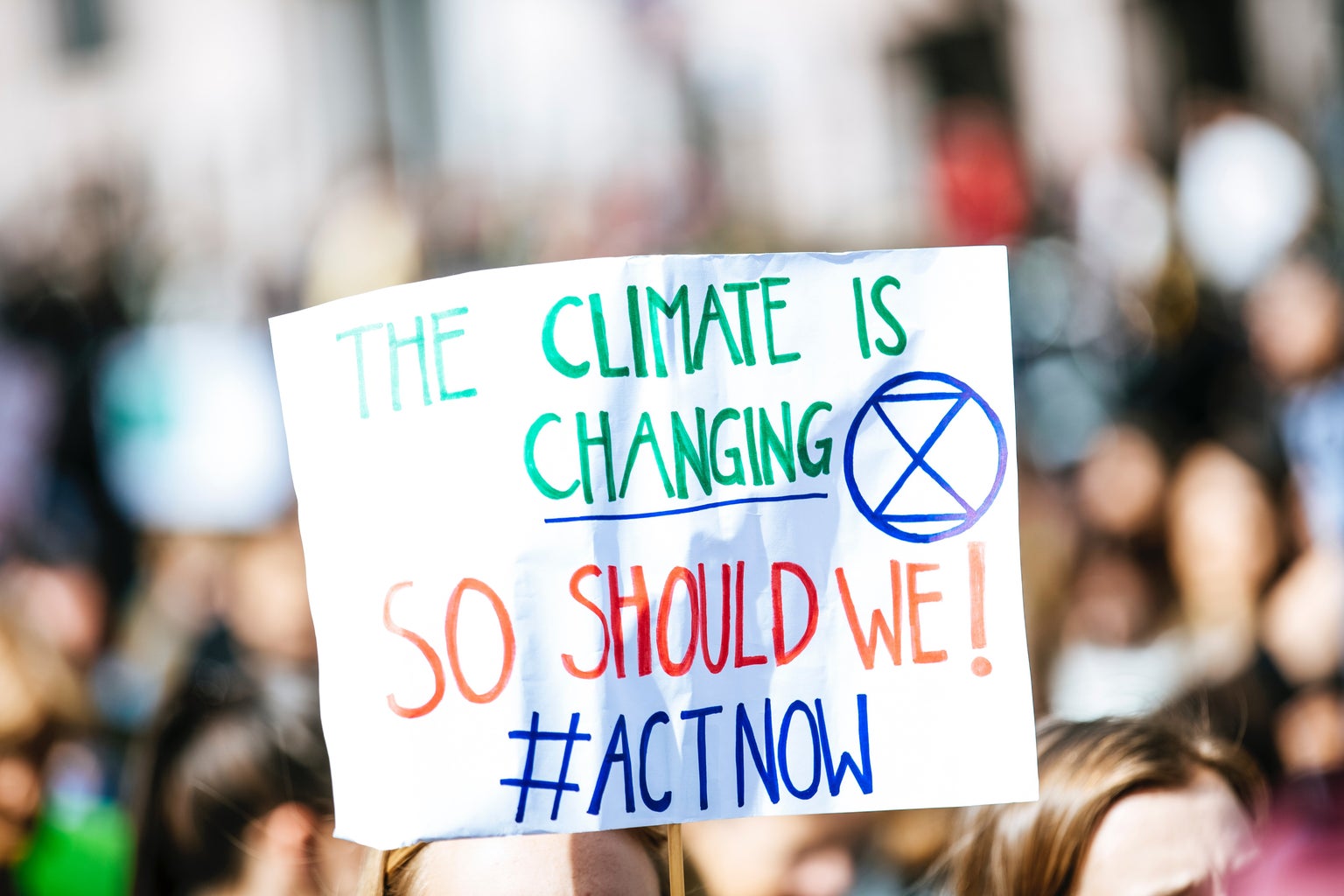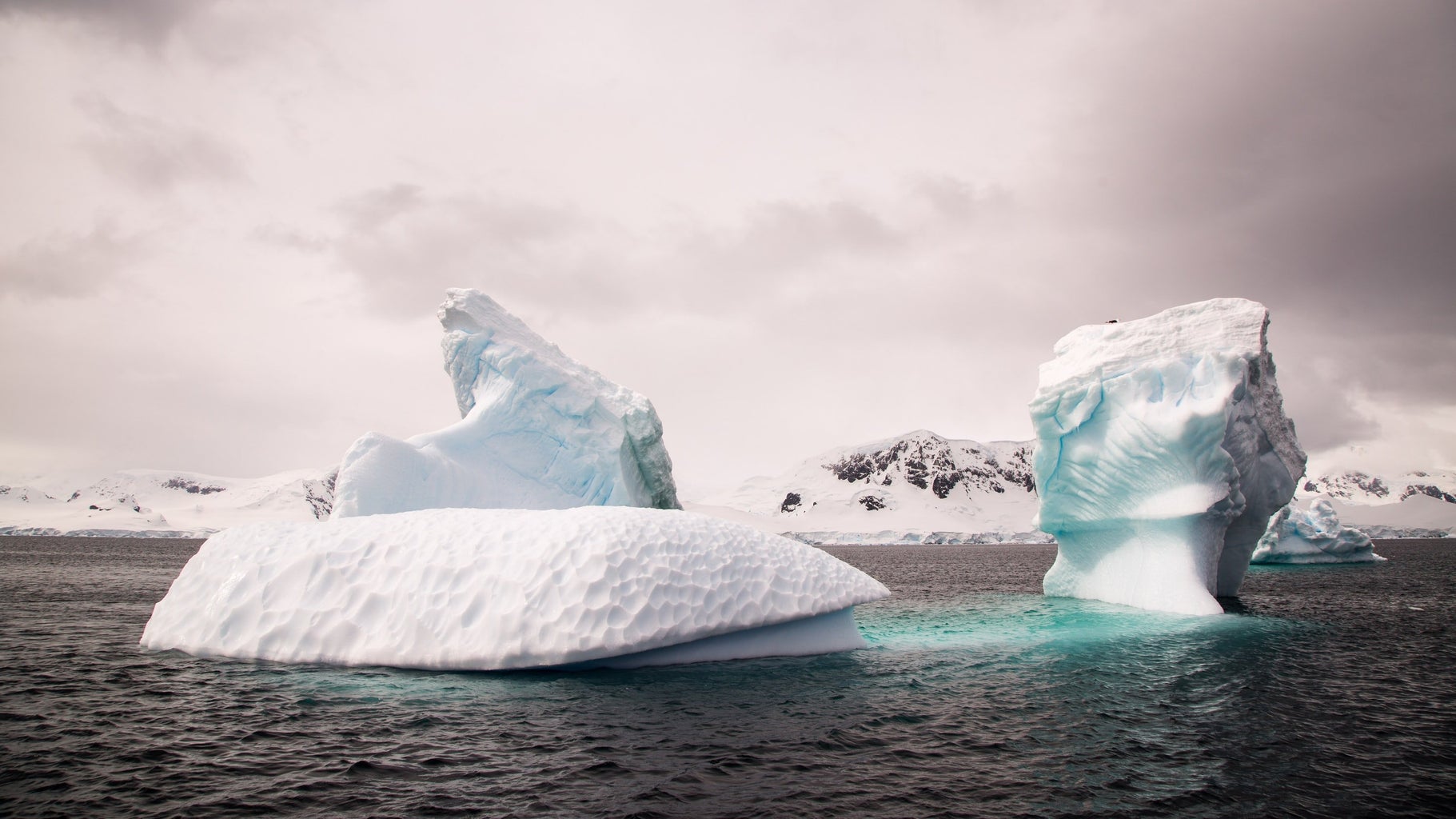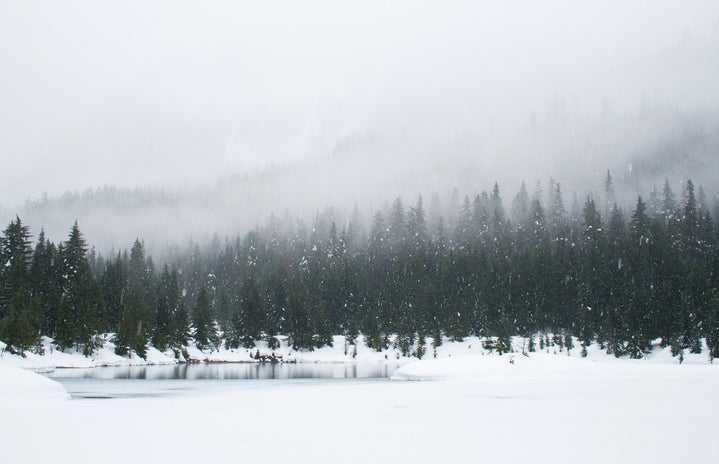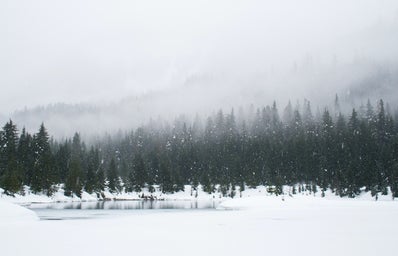About a month ago, extreme winter weather took Texas by storm, which left a handful of inches of snow and left millions of people without power. Without power, millions were left without electricity or heat in the extreme cold. Even when power was restored, Texans found their taps dry or pipes were bursting. However, to scientists who have been studying the effects of climate in the past few decades, this did not come as a surprise to them. Why? Because the root of the problem is something they’ve been forewarning for years – climate change.

For decades, climate scientists who have been seeing the effects of climate change unravel all over the world have warned the public time and time again about the chaos that can unravel from a warming planet, as exemplified in this unusual weather event we witnessed last month. In a report that the Federal Energy Regulatory Commission published in 2011, during the last winter storm in the Southwest, they had warned that Texas was ill prepared for another unprecedented winter storm, and needed to invest in winter equipment to prepare, to which they dismissed; this dismissal heavily contributed to the aftermath Texas found themselves in post-winter storm.
But what is causing this extreme weather? If climate change makes the planet warmer, then why is it snowing? While due to anthropogenic causes, the Arctic is warming at three times the pace of global average, the jet stream theory, developed by Dr. Jennifer Francis at Woodwell Climate Research Center, explains how this warming of the Arctic results in the cold weather seen in the Southwest; warming of the Arctic is weakening the jet stream, therefore displacing cold air from the Arctic and changing the air that flows towards the United States (making it much colder!). This is also explained by Professor Shepherd, director of Atmospheric Studies at the University of Georgia in an article with NPR, explaining the following:
“There’s something called Arctic amplification whereby the Arctic region’s warming a bit more intense than we are down in the lower 48. And there are science papers that suggest that that causes a much wavier jet stream pattern with more high amplitude waves, if you think back to high school physics. And so we get these really cold events, but we also get these really warm events during the warm season, as well. So this isn’t an unprecedented cold. We’ve seen it before. But as my colleague Judah Cohen has often talked about, these things used to happen less frequently. But it seems that they’re happening yearly now, which is something we’re keeping an eye on.”
Professor Shepherd explains how while it is winter and cold fronts are expected, because they are happening more often than historically, this needs to be monitored over time, and can be attributed to climate change.




